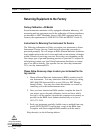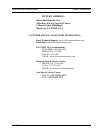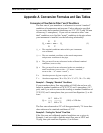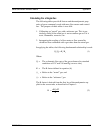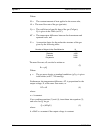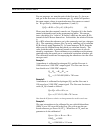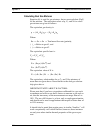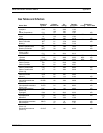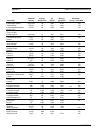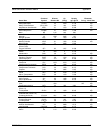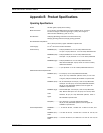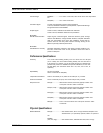
Appendix A Series 830/840/860 Instruction Manual
A-6 IM-83/84/86-H
Calculating Dual Gas Mixtures
Equation (6) is used for gas mixtures, but we must calculate N/ρC
p
for the mixture. The equivalent values of ρ, C
p
, and N for a dual
gas mixture are given as follows:
The equivalent gas density is:
m
•
!
= ( / ) + ( / )
m
•
1 T
!
1
m
•
2
m
•
T
!
2
Where:
•
T
m = m
•
1
m
•
2
+ = Total mass flow rate (gm/min),
( )
1
= Refers to gas #1, and
( )
2
= Refers to gas #2
The equivalent specific heat is:
C
p
= F
1
C
p1
+ F
2
C
p2
Where:
1
m
•
!
m
•
1
!
1
m
•
2
m
•
T
!
2
F = ( )/( ) and
T
!
F = ( )/( )
2
The equivalent value of N is:
m
•
! = ( / ) ! + ( / ) !m
•
1 T 1
m
•
2
m
•
T 2
The equivalency relationships for ρ, C
p
, and N for mixtures of
more than two gases have a form similar to the dual-gas relation-
ship given above.
IMPORTANT NOTE ABOUT K-FACTORS:
Please note that if you have a transducer calibrated for a gas such
as methane and wish to use the K-factors to measure a gas such as
air, that the inaccuracy of the measurement can range from ±5 to
10%. The use of K-factors is, at best, only a rough approximation
and should not be used in applications that require a better than ±5
to 10% accuracy.
It should also be noted that certain gases, in similar “families,” will
work exceptionally well with K-factors; however, those instances
are only true when similar thermal properties of the gas are pre-
sent.




